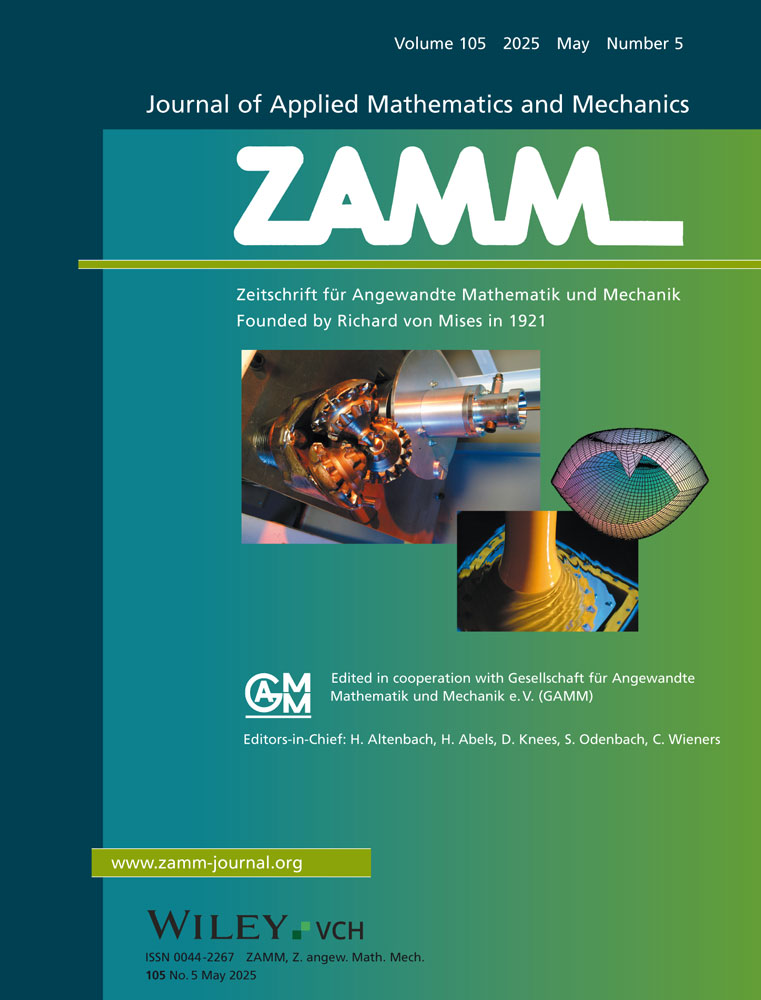Optimization of heat and mass transfer in exothermic reactive fluids using advanced numerical methods and ANN models
Abstract
Artificial intelligence (AI) has emerged as a transformative tool in fluid flow modeling, offering enhanced simulation accuracy, optimization, and system performance. This study investigates the mixed convective flow of a Jeffery fluid over a slendering sheet, incorporating the effects of thermal radiation, heat generation, Joule heating, and chemical reactions. The governing partial differential equations (PDEs) are transformed into nonlinear ordinary differential equations (ODEs) and solved using the bvp4c solver in MATLAB. To optimize fluid flow modeling, artificial neural networks (ANNs) and backpropagation neural networks (BPNNs) are employed, leveraging the Levenberg–Marquardt algorithm (LMA) for training and validation. The dataset is partitioned into for training, for testing, and for validation, with performance evaluated using mean squared error (MSE), curve-fitting graphs, and error histograms. The results demonstrate high accuracy, with MSE values consistently in the range of validating the robustness of the ANN-LM and LMA-BPNN frameworks. Furthermore, the effects of physical parameters on the momentum, thermal, and concentration boundary layers are examined in detail. Heat generation is found to enhance the temperature profile, thickening the thermal boundary layer, while the variable thickness parameter improves skin friction, heat, and mass transfer. Conversely, higher Schmidt numbers reduce the concentration profile due to limited mass diffusivity. The quantitative and qualitative outcomes are thoroughly analyzed, and the results are benchmarked against existing literature, showing close alignment. This study provides valuable insights into the influence of key parameters on fluid flow behavior and establishes a robust AI-driven framework for future research in fluid dynamics.
CONFLICT OF INTEREST STATEMENT
The authors declare no conflicts of interest.
Open Research
DATA AVAILABILITY STATEMENT
All data generated or analyzed during this study are included within the article.




